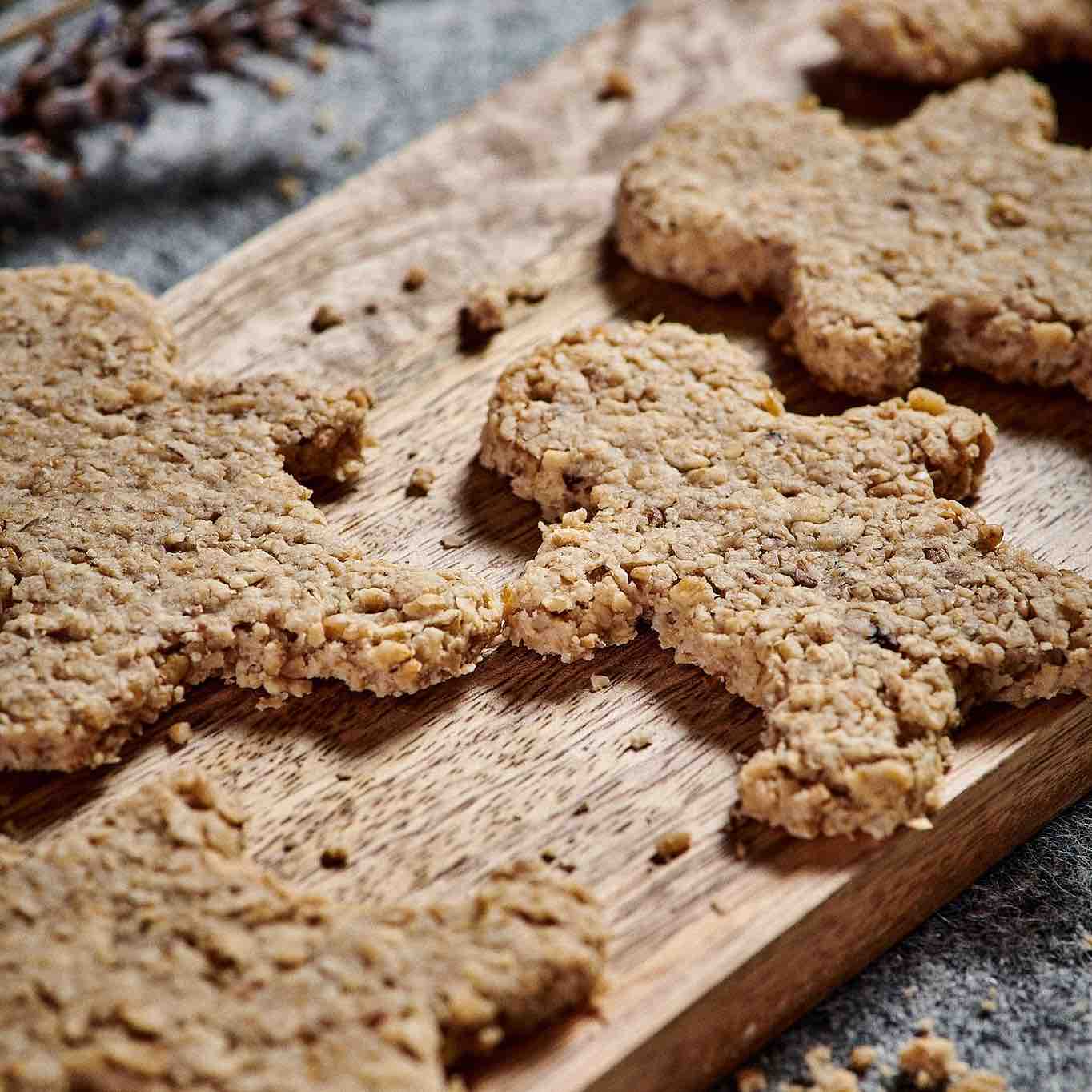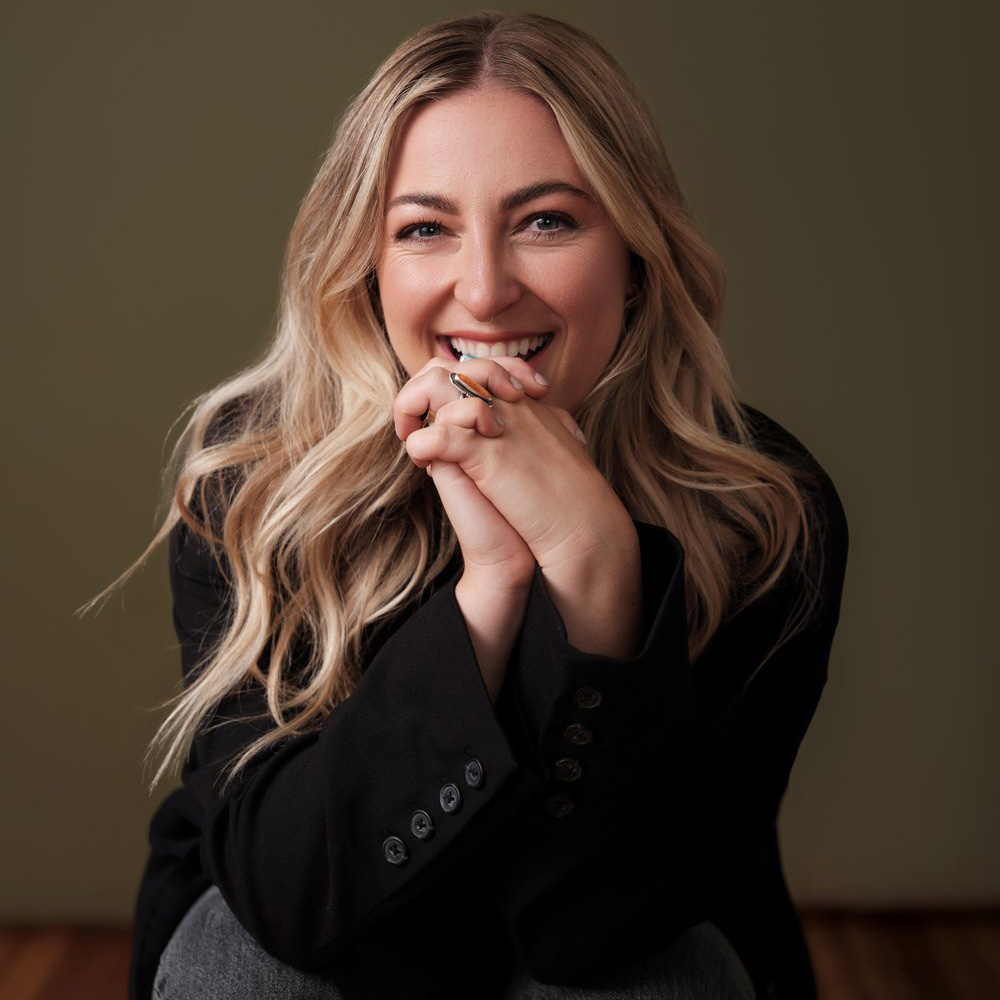Spotlight Awards Grand Prize winner Samuel Hicks is a passionate people and lifestyle photographer based in London. His lens embraces both the human spirit and the beauty of landscapes, from sunsets to twilight drama. Samuel's work immerses us in the vibrant tapestry of urban life, particularly focusing on youth culture, street scenes, and the exhilarating world of skaters and bikers.
How did you end up behind the camera?
When I was doing my foundation course, I thought I wanted to be a painter. I was really into the American expressionist artists like Jackson Pollock, Willem De Kooning and Rothko. But during the course, I got on really well with the Photography tutors, and they really inspired me and showed me work by photographers like Cindy Sherman, Richard Avedon, Robert Frank and Steven Klein. I then got into photography and decided I wanted to be a photographer. And to cut a long story short I applied to study for a BA in Photography. During that course, I had some work experience with a couple of commercial photographers in London. Here, I got a look into the commercial world and saw how imagery was created. I loved the fact that a lot of collaboration was involved in making great images. I did not realise when at college just how much work and creativity goes into commercial imagery. So, I left my course a year early and became a photography assistant, working mainly for people and car photographers. You’d call them lifestyle photographers these days. My assistant years were really informative. I worked with other assistants and I would hang out with them and photographers; literally, we would talk about image-making all day and night. I was lucky as I got to travel around the world, shooting from the Namibian desert to the streets of New York. While assisting, I shot a fair amount of personal work, which led to me joining an agency and shooting commercial work.
Can you describe your creative process when conceptualizing and planning a photo shoot?
My creative process starts with me being inspired. Pretty much every day, I get some sort of inspiration. Often, I find I’m inspired by listening to music or hearing about someone who has just created something that I find amazing. It can be from hearing about anyone, from actors, musicians, designers, whoever. Seeing someone who has created great work really makes me want to try and keep up and create something, too.
Conceptualising - I keep day books (which I was taught to do on my foundation course) where I cut out images from magazines, newspapers or flyers, etc. I use these as a kind of mood board. And I have a lot of imagery or notes on my laptop, which I keep and sort into ideas or themes that start to form projects. This is my favourite part of creating new work, where you let ideas filter through your mind. I hope to find great beauty where others don’t. You’re looking for something that you notice, but no one else does. Or not too many people have! And that is the start of the catalyst of a new project.
Planning a shoot. Well, this is the hardest part of producing personal work. Here, you must commit to the idea you’ve been thinking about. Half the time, I am fighting myself. Asking if this idea is good enough. Will it work? 80% of projects die here for me. I start to wonder, will other people like this as much as I do? I know you should not create work for others to like, but sometimes you can’t help but think, will they like it? As you put so much time and money into producing them.

Congratulations on winning the Spotlight Awards! What is the story behind the winning shot?
Thank you. I saw a photograph of a car filled with flowers a few years back. They were literally falling out of the car. I can’t remember exactly where I first saw it. It was created, I assumed, using CGI as all the flowers looked exactly the same and was more of a conceptual image rather than RL. I thought the concept was really interesting. I like the idea of photographing things out of their usual surroundings. I did not think too much about it for a while but every few weeks or so, I go and look at images I have saved for inspiration. Over a period of time, I developed the idea of the project, which I called Wilding. Loosely based on that the sitter had created their own personal wild space.
At one point, it almost did not happen as the cost of the project was quite high for me. The problem I’m finding these days with shooting in London is the locations can cost a lot of money. Anyhow I decided to go for it. So, I got together a small crew and worked with a great producer, Darren at Locate Productions, and we shot it over one long day early this year. A friend, Fiona Watson, introduced me to Ollie Rooke and I thought he’d be great for this portrait.
What is your favorite piece of equipment or photography gear, and how does it enhance your work?
Can I have 2?! My first piece of favourite equipment was my loupe. I got given an amazing loupe by a photographer I was assisting. I used to use that all the time to look at contact sheets. When you shoot on film, you of course have to wait to see the images. And when you receive the film back, open the envelope and see the contact sheets, being able to see close in - really fine details - is amazing.
My current favourite piece of equipment is my laptop. I know it is not that camera-related, but for me, it is about the end result. In a way, the laptop is my loupe. I generally shoot tethered into it when on commissioned shoots. So I see the images first on that and I always edit and grade my work using it. Even if I shoot on film. It very much helps me enhance my work as I love to play around with grading my images.

What do you think is necessary to become a successful commercial photographer?
I think the number one thing is passion. Like any creative profession, you must really want to do it. You cannot half try as it is not easy to break into it. I know that sounds obvious, but you will need to spend a lot of time developing your own work before getting commissioned to shoot, as you are not judged on any qualifications you have. You are judged on the work you have created before and what you can bring to the shoot. I think art producers/buyers and clients want to work and collaborate with artists who are passionate about what they do and, just as importantly, bring a desire to work as part of a team on commercial projects. As, for commercial photography, the end result is very much a collaboration.

What do you like the most about being a lifestyle photographer?
I love meeting people and seeing new places. For my type of lifestyle photography, I generally capture people on location. So, I am lucky I get to travel and see new places which I really enjoy. I’ve also made several road trips and met and photographed a lot of really cool people. I find my work often explores urban locations, capturing youth culture and street life.
Do you have any upcoming projects you'd like to share or discuss?
I’m working on a NeRFs project with a friend right now. We are capturing people and scenes and generating a 3D representation. You can, afterwards, travel around that person and scene anywhere you desire. It’s visually stunning. We are still in the early stages, but we were shooting in Pinewood last month and I have seen some early edits. They look great. I am really looking forward to sharing the imagery soon.
We extend our gratitude to Samuel Hicks, the grand prize winner of the Production Paradise 2023 Spotlight Award, for granting us a captivating glimpse into his world of photography.

%20(2100%20x%20405%20px).png)


